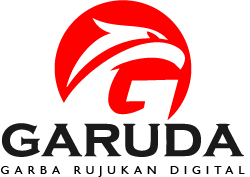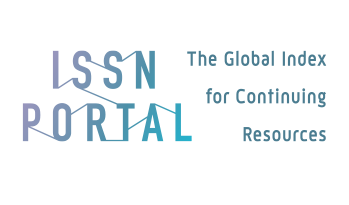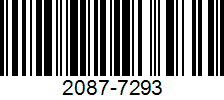AUTHOR GUIDED
1. Title
PUBLICATION MANUFACTURER TITLE MAXIMUM 14 WORDS IN INDONESIAN LANGUAGE
(Center, Arial 16, Uppercase, max 14 Indonesian words)
2. Writer
The minimum number of authors is 3.
Author 1 (Center, Arial 12 bold)
Study Program, Institution, (Study, Program, Institution)
(Center, Arial 12)
e-mail: xxxx@xxxx.xxx (Center, Arial 12)
Author 2 (Center, Arial 11 bold)
Study Program, Institution, (Study Program, Institution)
(Center, Arial 11)
e-mail: xxxx@xxxx.xxx Center, Arial 11)
Author 3 (Center, Arial 11 bold)
Study Program, Institution, (Study Program , Institution)
(Center, Arial 11)
e-mail: xxxx@xxxx.xxx Center, Arial 11)
Author 4 (Center, Arial 10 bold)
Study Program Students, Institutions (Study Program , Institution)
(Center, Arial 10)
e-mail: xxxx@xxxx.xxx Center, Arial 10)
3. ABSTRACT (Times New Roman 11, 1 space, written in italics)
The abstract contains a brief description of the introduction, methods, objectives, results and recommendations. Abstracts are written in English. Key words need to be included to describe the problem domain being researched and the main terms that underlie the implementation of the research. Key words can be single words or combinations of words. Number of key words 3-5 words. These keywords are necessary for computerization. Searching for research titles and abstracts is made easier with these keywords. The maximum abstract content is 250 words.
Keywords: 3-5 keywords
4. INTRODUCTION (Times New Roman, 12, bold)
The contents of the introduction are the basic matters or urgency of the problem behind the writing of the study/research, the research objectives, written in Times New Roman 12 font, 1 (single) spacing. In the introduction, the author explains the background of the problem being researched and presents the appropriate arguments and reasons why this research is important to carry out. Reasons can be in the form of statements from previous researchers or related data that can explain understanding of the topic up to now so further investigation is needed in this research. The bibliography must be mentioned in the text by the author's last name and time of publication, written in one or two forms, for example: Notoadmojo (2015) or (Notoadmojo, 2015). For literature with more than two authors, the first author is mentioned plus the words et al., for foreign authors and et al., for Indonesian authors. (written in Times New Roman font, 12)
5. RESEARCH OBJECTIVES (Times New Roman, 12, bold)
The research objectives are written clearly and concisely (Times New Roman, 12, 1 space).
6. RESEARCH METHODS (Times New Roman, 12, bold)
The contents of the study method are data collection techniques, data sources, data analysis methods, correlation tests, and so on, written in Times New Roman 12 font, 1 space. In this chapter, scientific formulas can also be used for data analysis/correlation tests. (made completely and clearly)
7. RESEARCH RESULTS (Times New Roman, 12, bold)
This section presents the research results. Research results can be accompanied by tables, graphs (images), and/or charts. Each image is accompanied by an image number placed below the image; an explanation of the image can be written below the image. Meanwhile, the title for the table is written above the table. The results are not raw data but rather data that has been processed/analyzed using established methods.
DISCUSSION (Times New Roman, 12, bold)
The main discussion contains results and discussion, written in Times New Roman 12 font, space 1. Discussion is a comparison of the results obtained with existing concepts/theories and previous research. (Times New Roman, 12, normal)
8. CONCLUSION (Times New Roman, 12, bold)
The contents of the conclusion are written in Times New Roman 12 font, 1 space. The conclusion is explained descriptively and completely and relates to the research objectives.
9. ADVICE (Times New Roman, 12, bold)
Contains the author's recommendations/suggestions for follow-up for further research. (Times New Roman, 12, normal)
10. BIBLIOGRAPHY (Times New Roman, 12, bold)
The bibliography follows the Mendeley bibliography writing guidelines which follow the APA pattern. Look at the example below. M Fahlevi, H., & Randa, P. (2015). A comparative analysis of financial performance and Sharia conformity of Indonesian and Malaysian Islamic banks. Paper presented at the 17th Eurasia Business and Economics Society Conference, 15-17 October, 2015, Venice, Italy. Hasanuddin, L., et al. (2015). Investigation of the head impact power of a sepak takraw ball on sepak takraw players. Movement, Health & Movement Journal, 4(2), 47-58.















